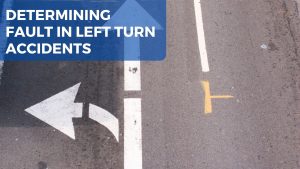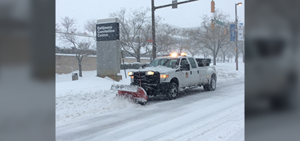Maryland law requires drivers to maintain a safe distance when overtaking or passing a cyclist. The specific distance is not explicitly defined in Maryland’s traffic laws, but it generally states that a motor vehicle should leave a “safe and reasonable distance” when passing a cyclist.
Safe and Reasonable Distance
The concept of a “safe and reasonable distance” in traffic laws, such as Maryland’s requirement for passing cyclists, is intentionally somewhat flexible to accommodate a variety of real-world situations. What constitutes a “safe and reasonable distance” can depend on several factors:
 Maryland Accident Lawyer Blog
Maryland Accident Lawyer Blog


 At first glance, determining fault in left-turn accidents may seem simple because the driver making the left turn has an obligation to yield to oncoming traffic. That simple assumption is correct in the lion’s share of cases. When you call our law firm and telling us another driver to a left turn in front of you, our lawyers are pretty confident, without hearing anything else, that you have a case. Similarly, if you are the driver who took a left turn, it might be pretty hard to argue you are not at fault.
At first glance, determining fault in left-turn accidents may seem simple because the driver making the left turn has an obligation to yield to oncoming traffic. That simple assumption is correct in the lion’s share of cases. When you call our law firm and telling us another driver to a left turn in front of you, our lawyers are pretty confident, without hearing anything else, that you have a case. Similarly, if you are the driver who took a left turn, it might be pretty hard to argue you are not at fault. It is not explicitly illegal, but it is recommended by all jurisdictions that you should clear snow off your car. The driver’s manuals in
It is not explicitly illegal, but it is recommended by all jurisdictions that you should clear snow off your car. The driver’s manuals in